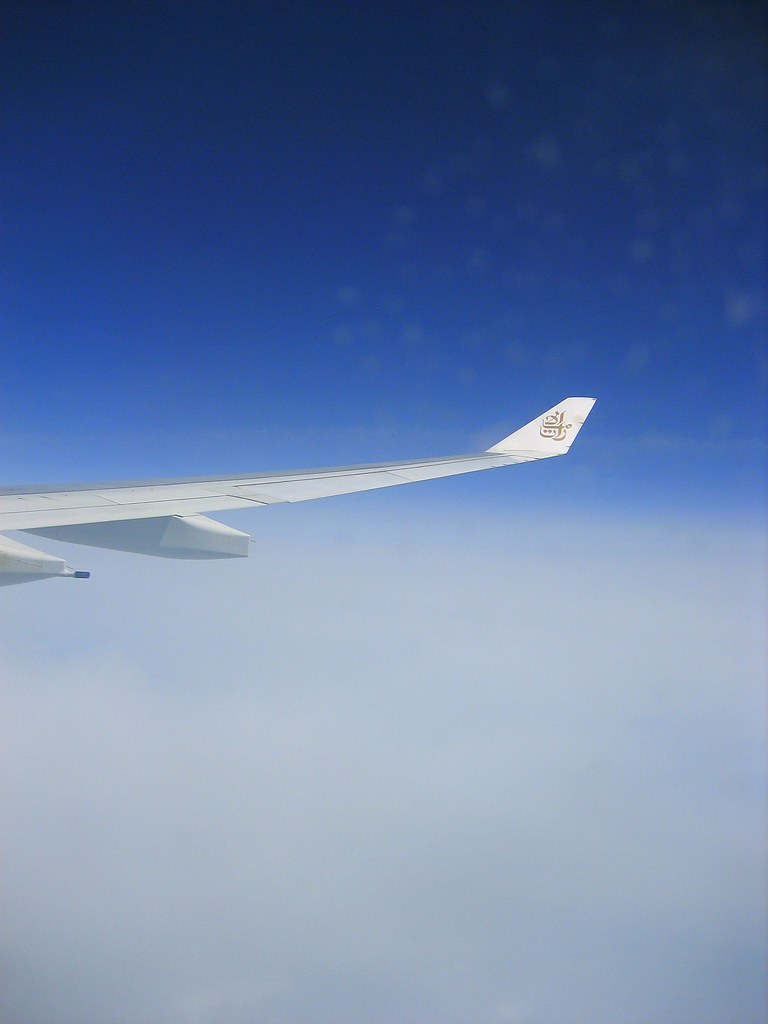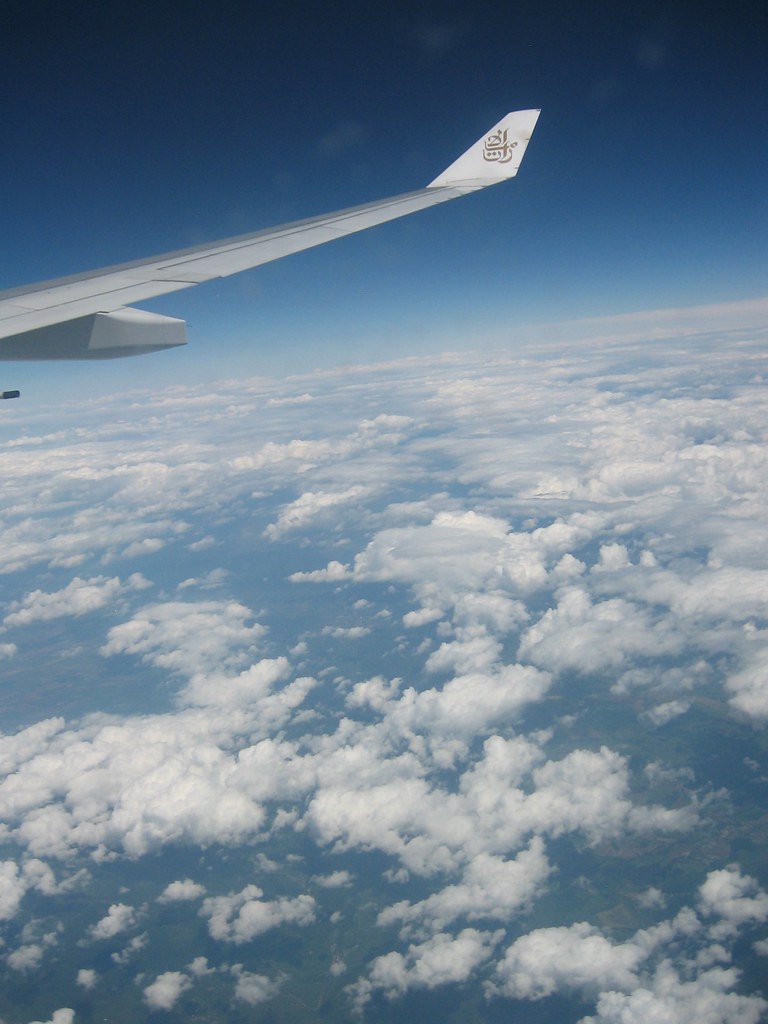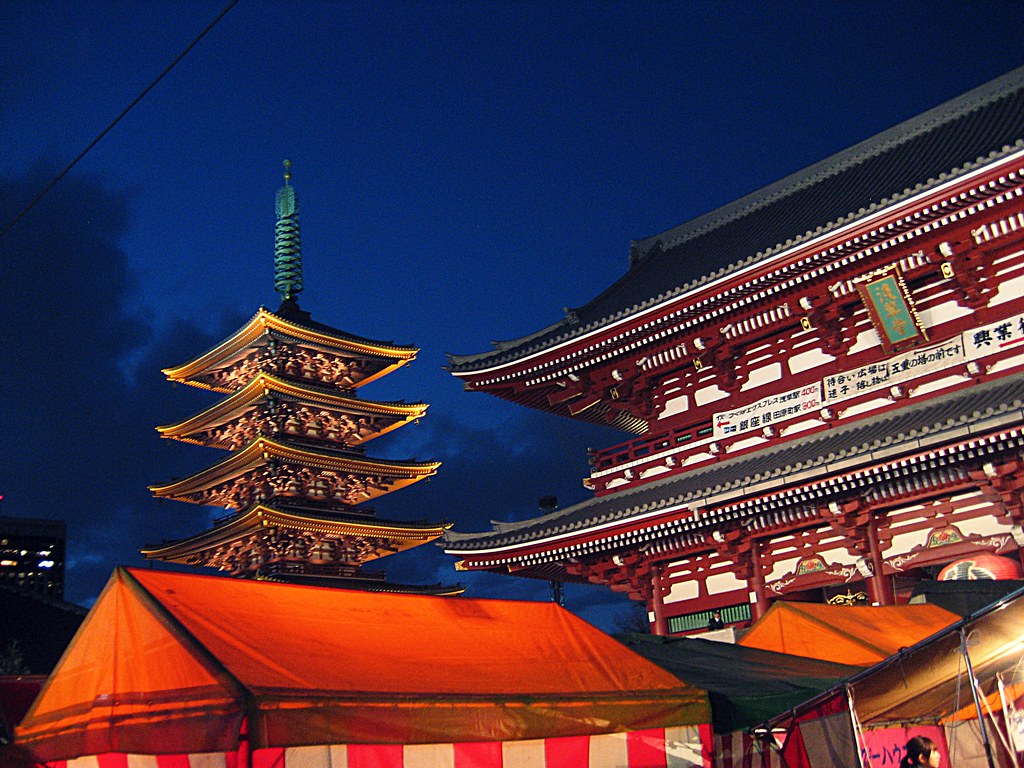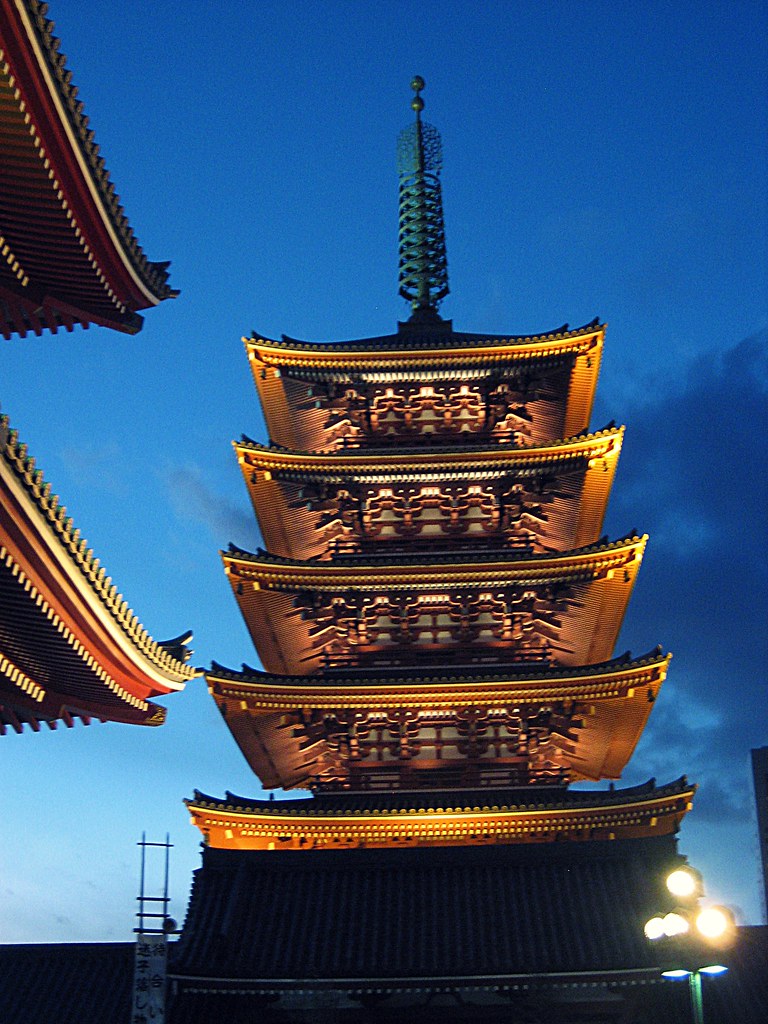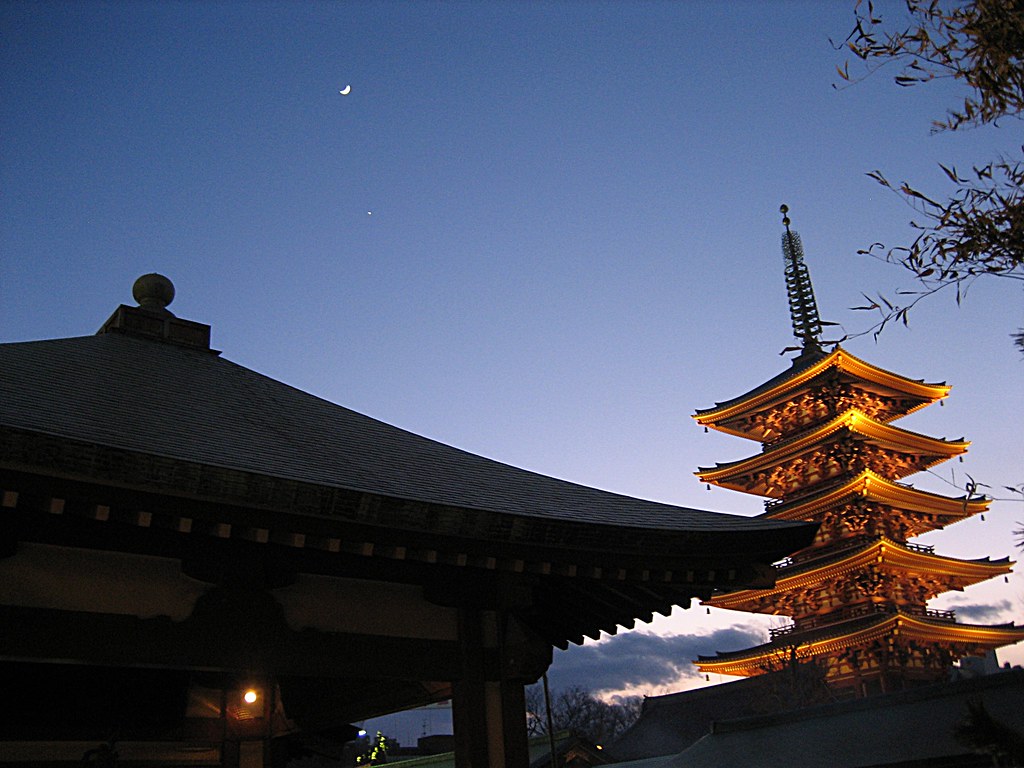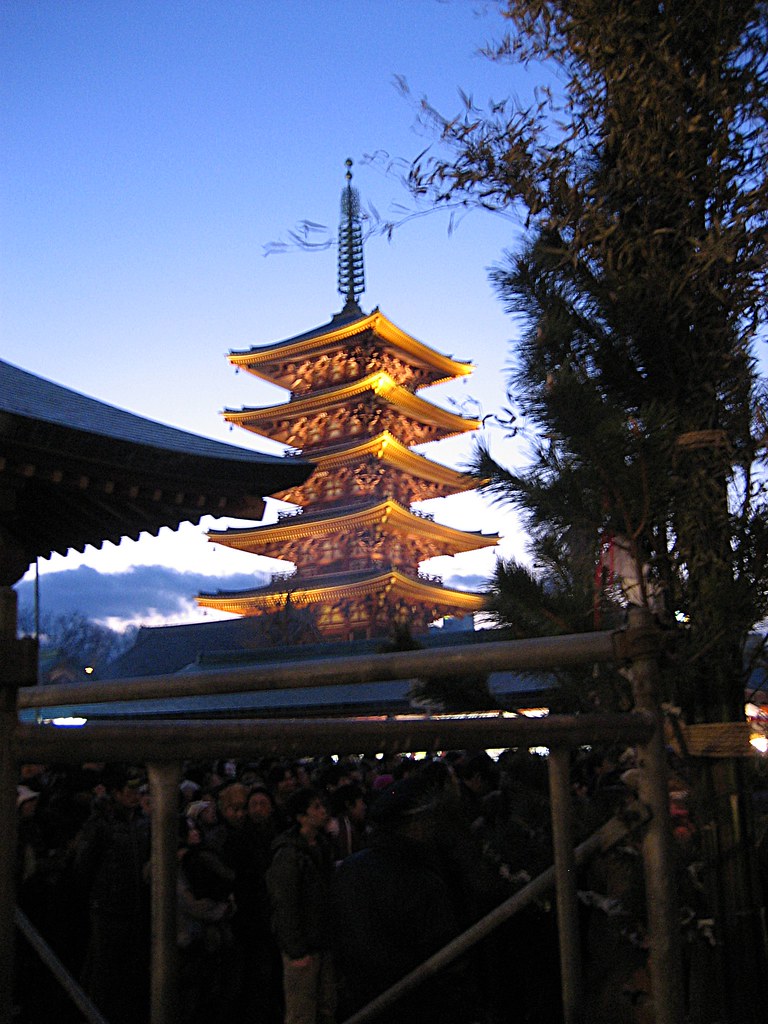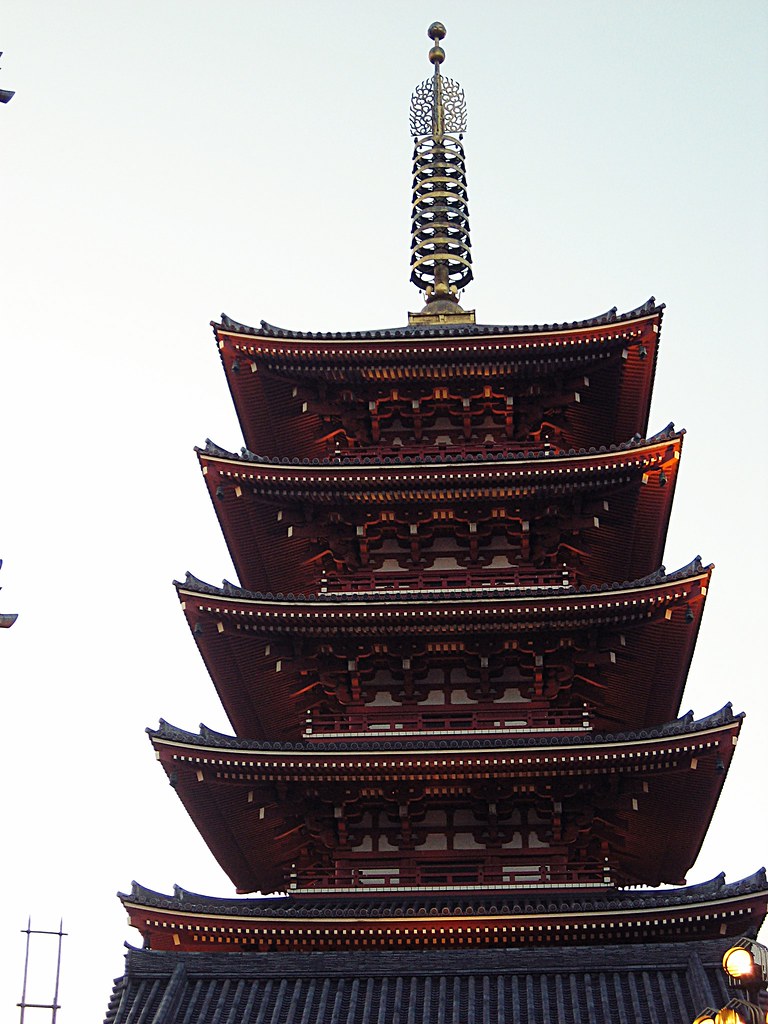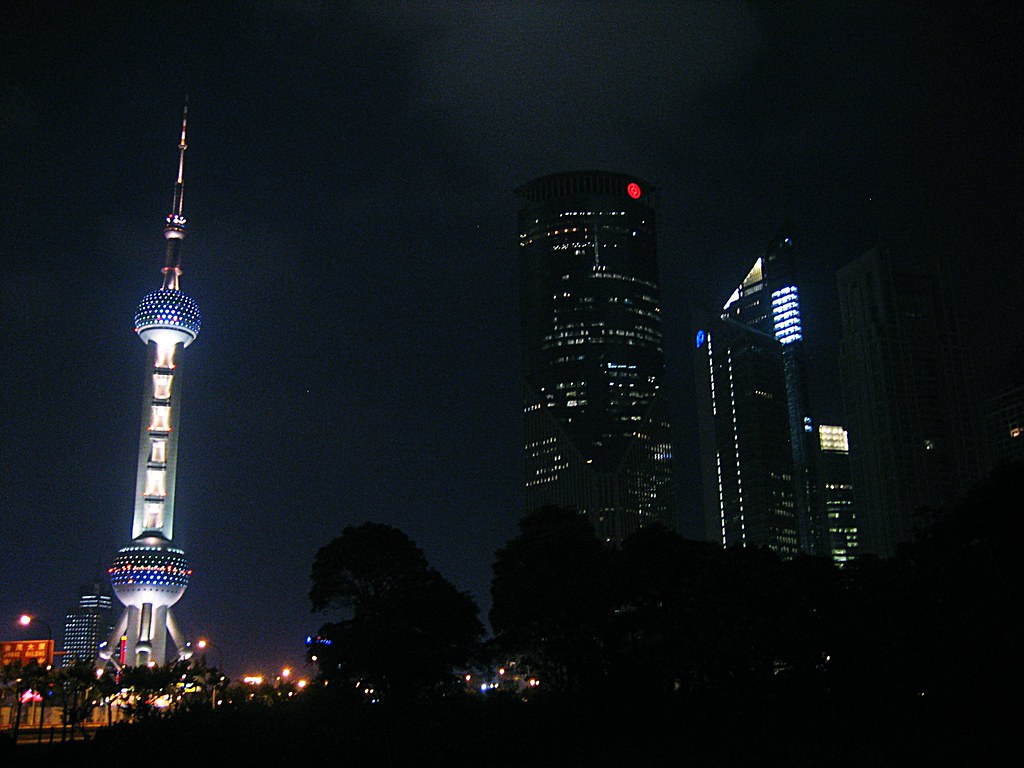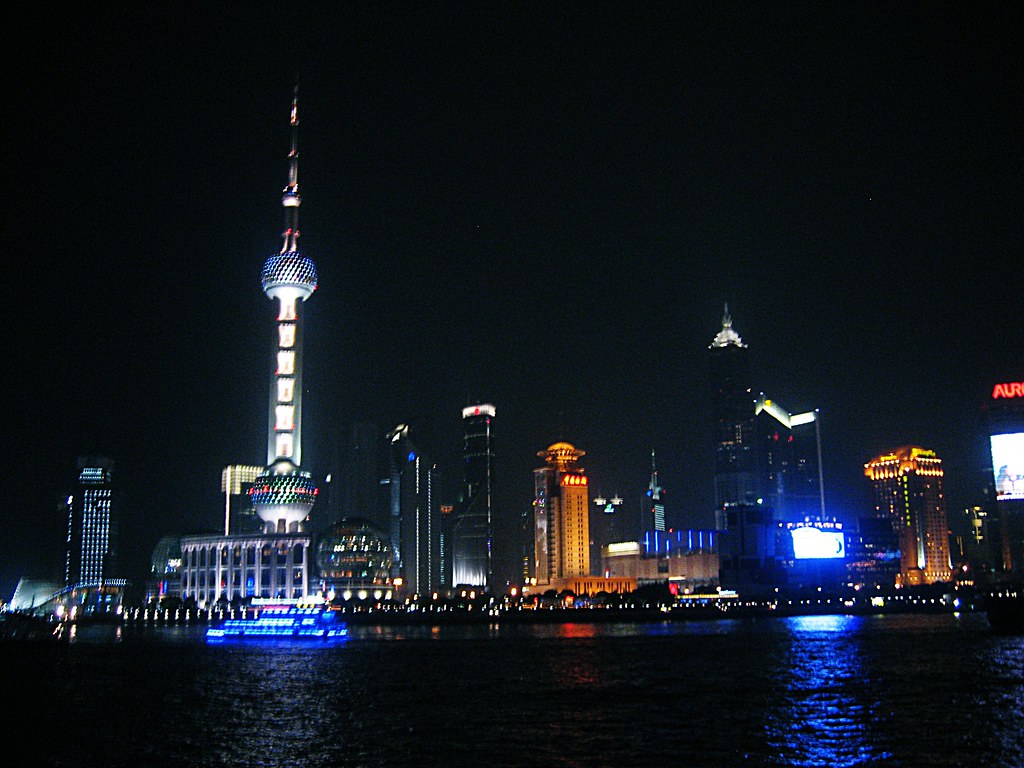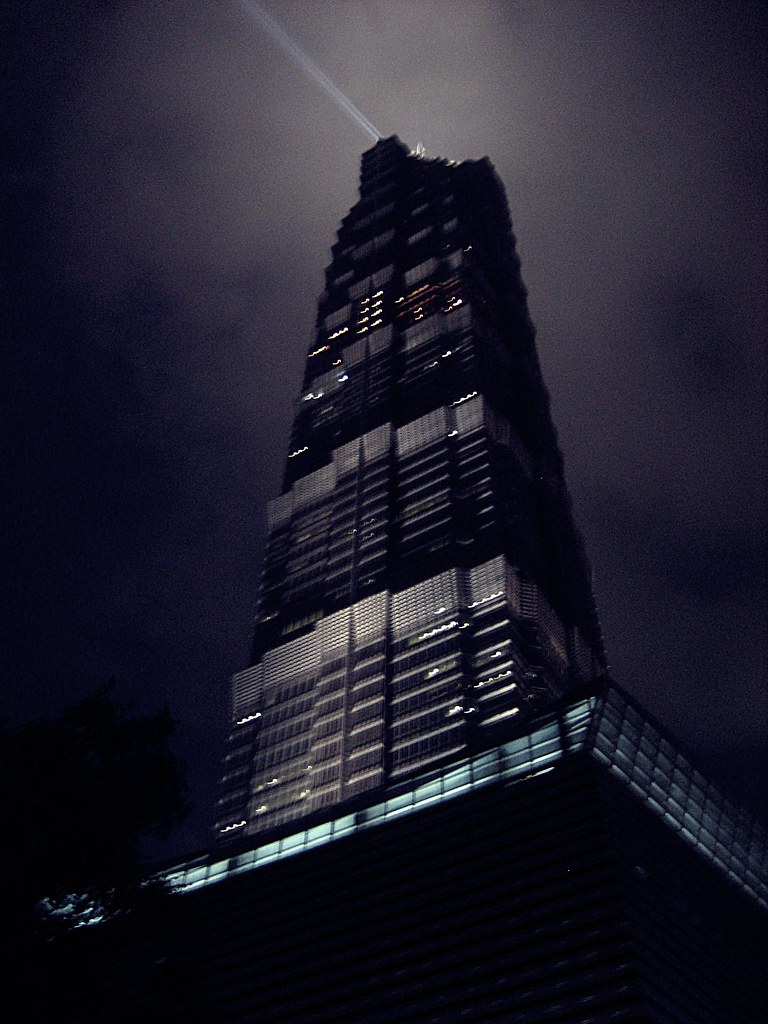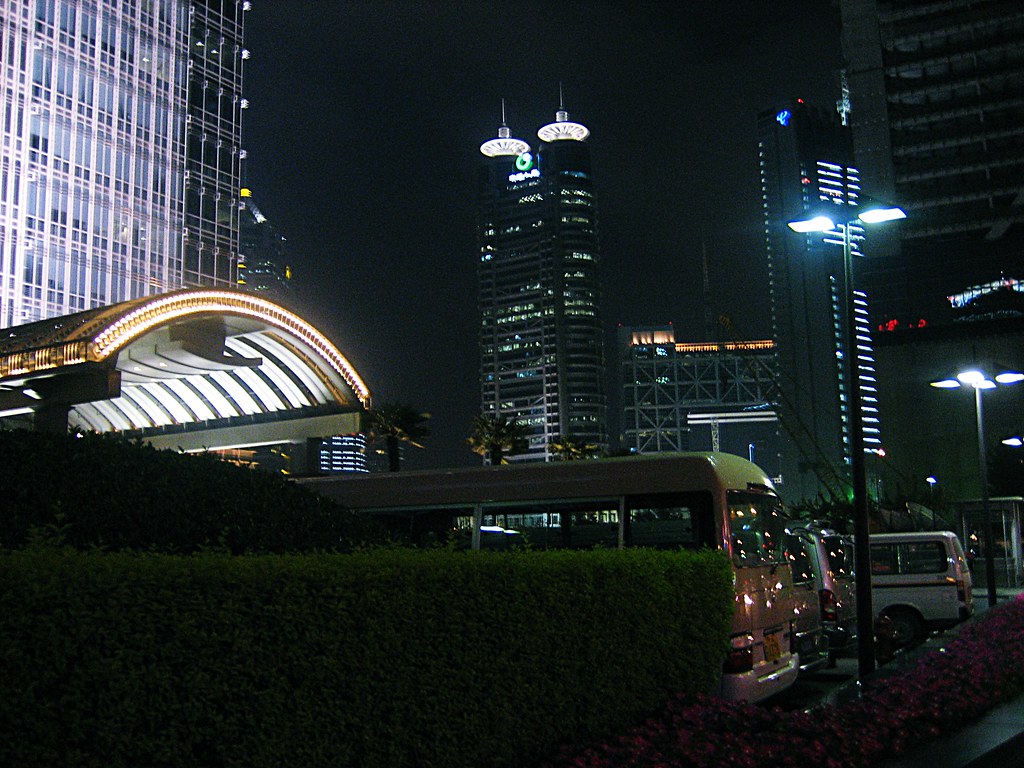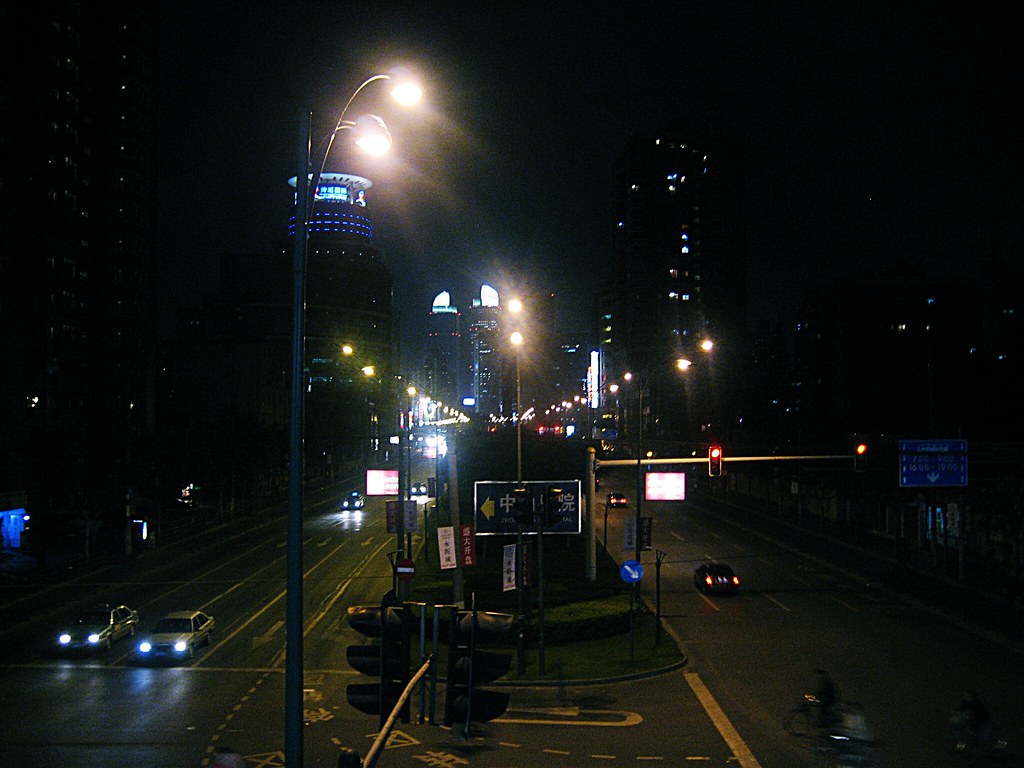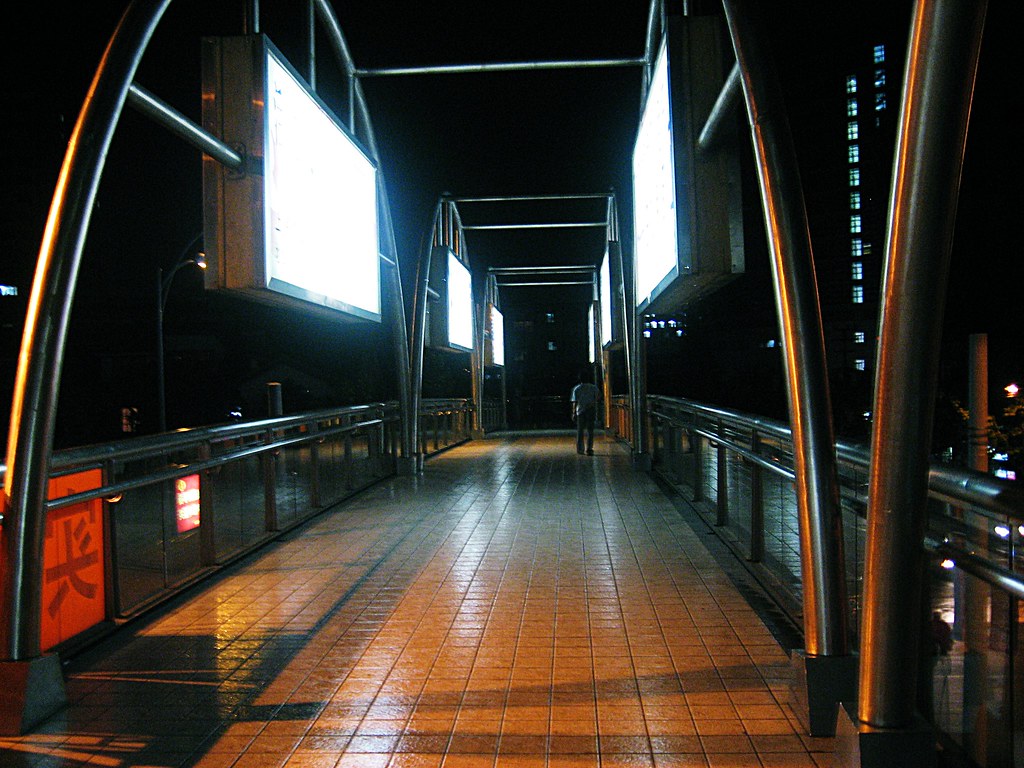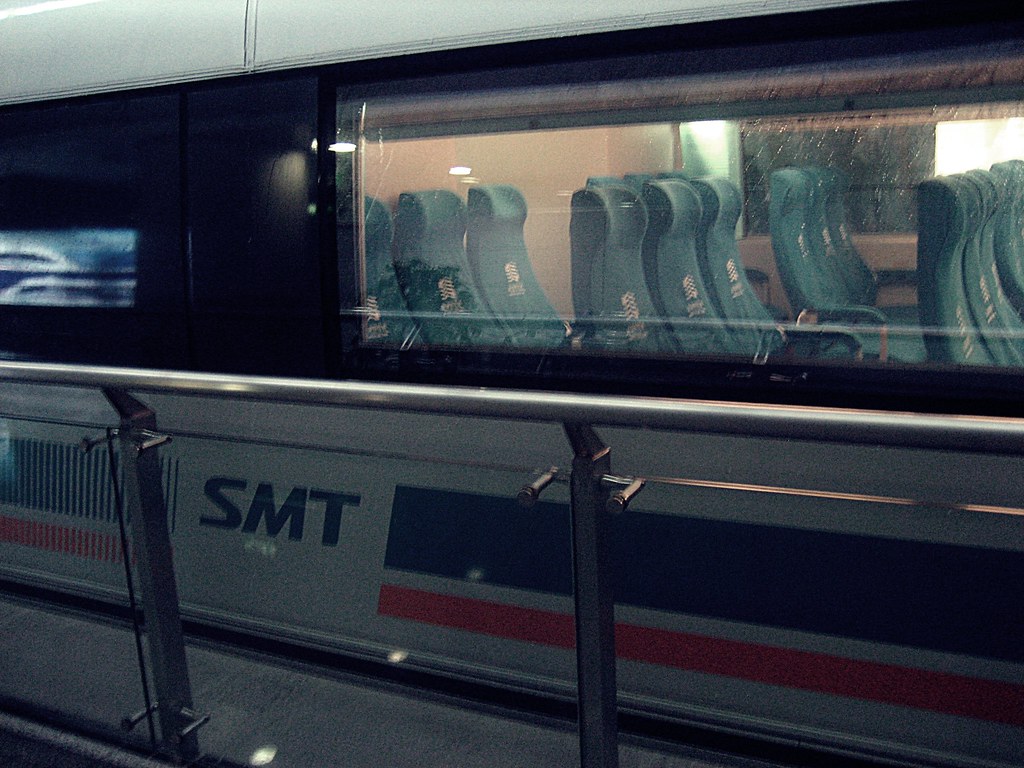స్ట్రాబెరీ ఫామ్స్

ఈ మధ్య నేను జపాన్ లో స్ట్రాబెరీ ఫామ్స్ మరియు గ్రీన్ హౌస్ సందర్శించటం జరిగినది వాటి ఫోటోలు మీ ముందు..

స్ట్రాబెరీ ఎంత అందమైనదో దాని పువ్వు మరింత అందముగా ఉన్నది... నేను స్ట్రాబెరీ పువ్వును మొదటసారి చూడటం...

పాపం అ రైతు సహృదయుడు మాకు ఇష్టం వచ్చినని కోసుకొని తినమని చెప్పినాడు మరియు మేము అడిగే ప్రశ్నలకు ఓపికగా సమాధానాలు చెప్పినాడు.

అబ్బ ఎంత తీయగా ఉన్నయో!!!

జపాన్ టెక్నాలజీ అంటే ఇదే మరి సన్ లైట్ కూడ అవసరం లేదు ఈ బ్లూ లైట్ చాలు..
Pagoda in Asakusa Kannon Temple
Sensoji (also known as Asakusa Kannon Temple)
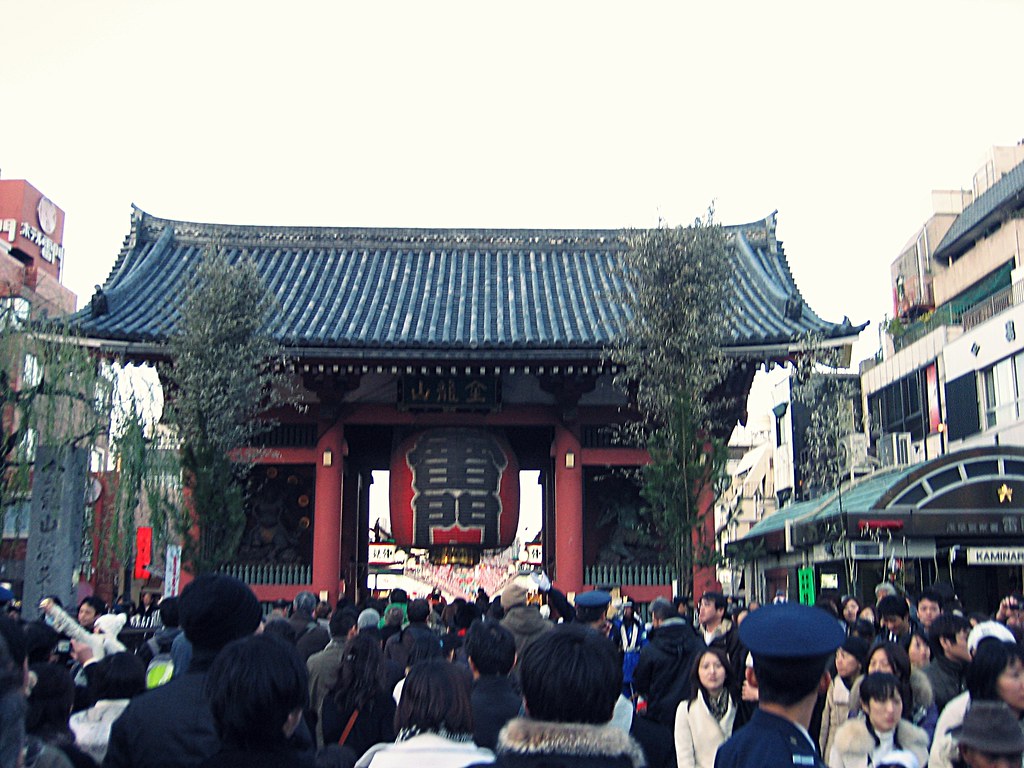
When approaching the temple, visitors first enter through the Kaminarimon (Thunder Gate), the outer gate of the Sensoji and symbol of Asakusa.
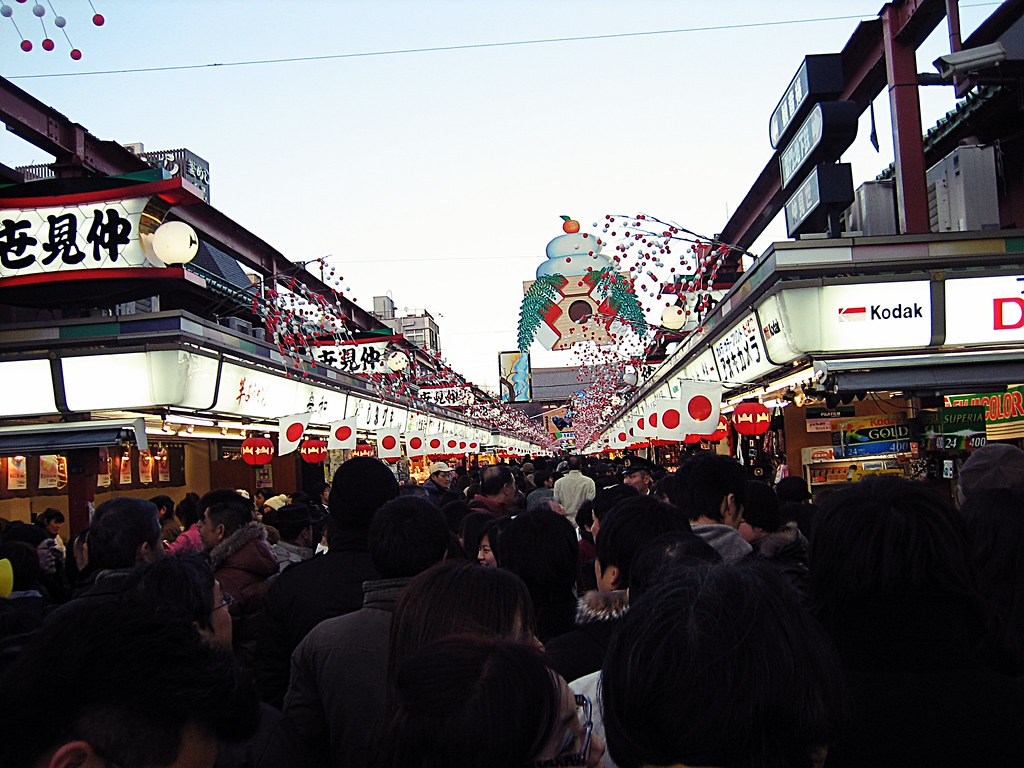
A shopping street of over 200 meters, called Nakamise, leads from the outer gate to the temple's second gate, the Hozomon. Besides typical Japanese souvenirs such as yukata and folding fans, various traditional local snacks from the Asakusa area are sold along the Nakamise.

The shopping street has a history of several centuries.

Hozomon, the main gate.
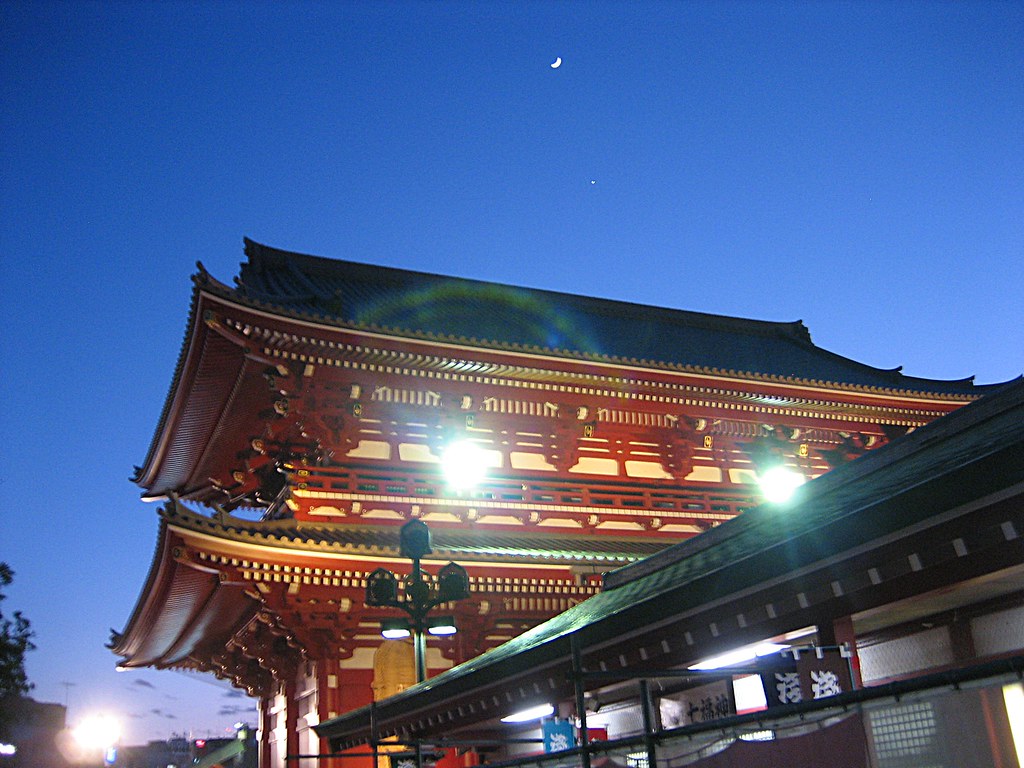
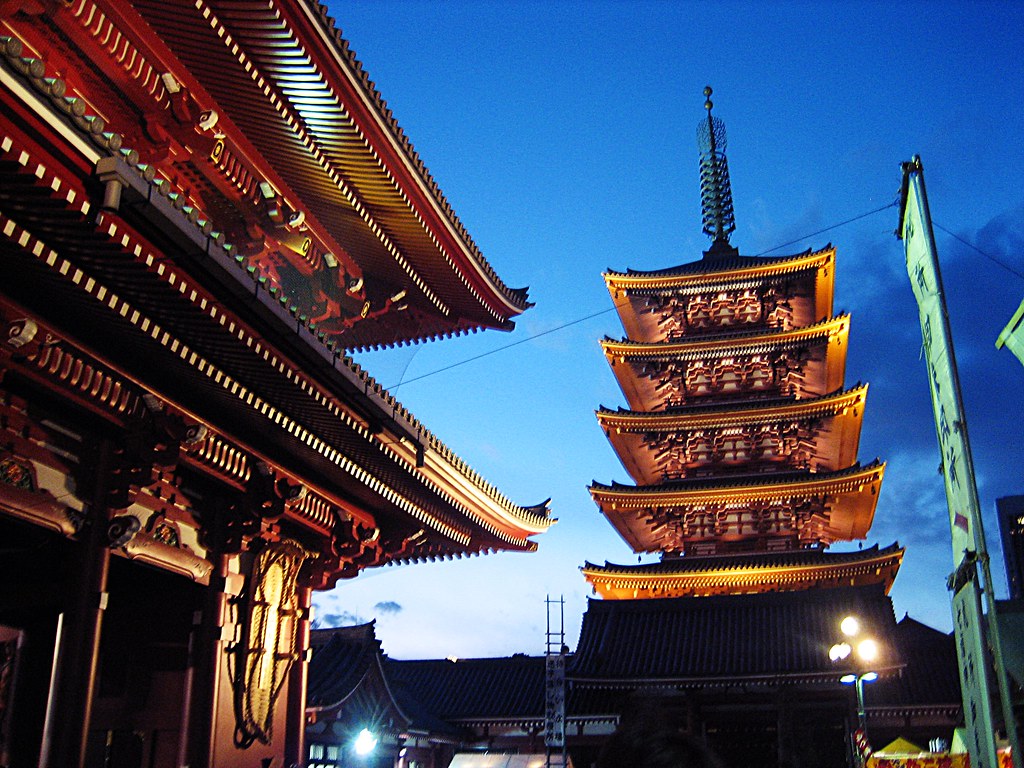
Beyond the Hozomon main gate stands the temple's main building and a five storied pagoda (more photos of Pagoda in next post).
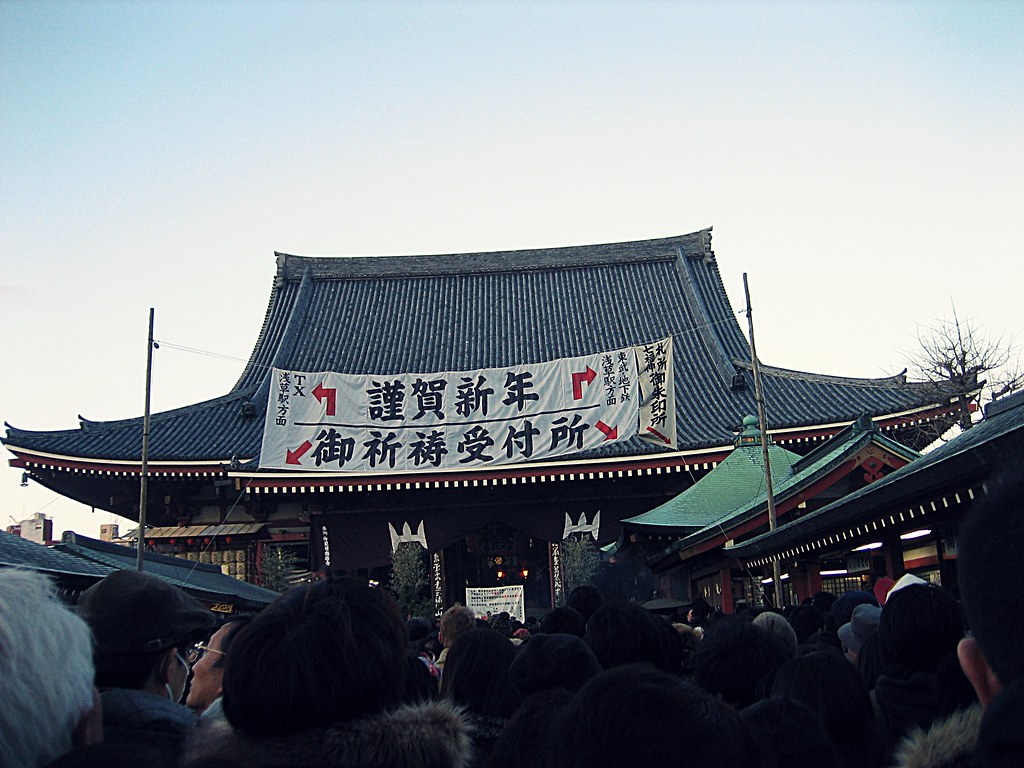
Sensoji main building for the goddess of mercy. The legend says that in the year 628, two brothers fished a statue of Kannon, the goddess of mercy, out of the Sumida River, and even though they put the statue back into the river, it always returned to them. Consequently, Sensoji was built there for the goddess of Kannon. The temple was completed in 645, making it Tokyo's oldest temple.
Wildlife does not require feeding...
7000 అడుగుల ఎత్తుకి వెళ్ళి స్విస్ అందాలు చూద్దాం కదా పోతే...
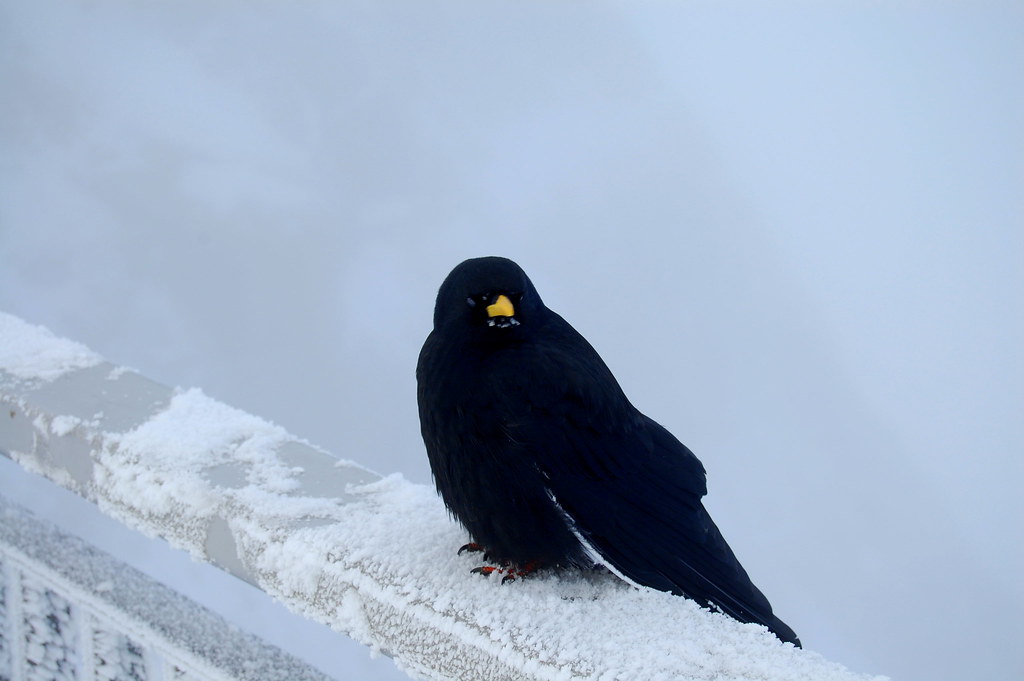
తీరా అక్కడికి వెళ్ళితే నా కోసం ఎదురు చూస్తూ ఒక కొండ కాకి (Swiss alpine fauna)... పాపం దానికి తిండి పెట్టటానికి నా దగ్గర ఏమిలేదు.. ఒక స్విస్ చాక్లేట్ తప్ప.. ఎవరూ తిండి పెట్టకపోతే దానికి ఇంత ఎత్తులో ఏమి దొరకదు కదా పాపం... సర్లే, స్విస్ కాకి కదా స్విస్ చాక్లేట్ తిన్నే అలవాటు అయే ఉంటుది! అని చూట్టూ చూసా...

అరే, పాపం ఇంకోటి ఉన్నది...
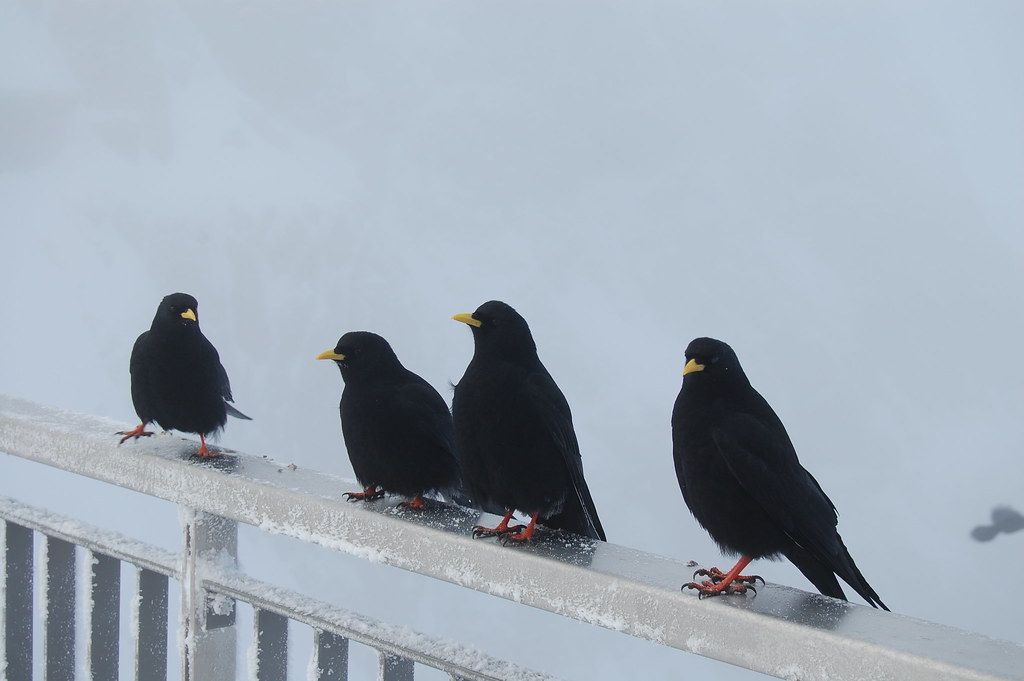
చాలా ఉన్నాయి నా దగ్గర అన్ని చాక్లేట్స్ లేవు కదా! మరి ఏలా... గింజలు అమ్మటానికి ఎవరైనా ఉన్నారా! అక్కడ బోర్డ్ ఉంది.. చూద్దం..
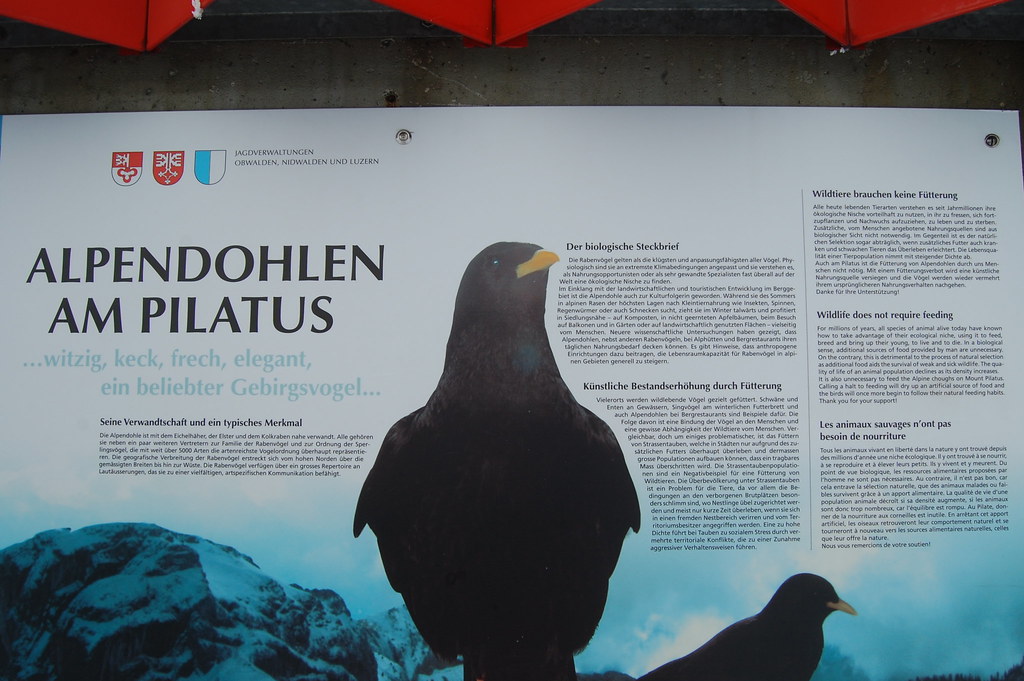
Swiss alpine fauna గురించి కాబోలు... అరే అది కాదు వాటి తిండి గురించి.. చదవండి

Wildlife does not require feeding...
అరే మరి మన బాబు ఎన్నికల వాగ్దానంలో నగదు బదిలీ ఇలాగే ఉన్నది కదా!..
Does really require??
కలర్ టెలివిజన్ మరియి నగదు బదిలీ డబ్బుతో పెద్ద ప్యాక్టరీ పెట్టి మంచి జీతంతో ఇంటికి ఒక్కొక జాబ్ ఇవ్వచు,
ప్రజలకు చేప నివ్వడం కంటె గేలాన్ని యివ్వటం మంచిది కదా!
యోచించి ఓటు వేయండి.
Kamakura, Japan (కమకుర, జపాన్)
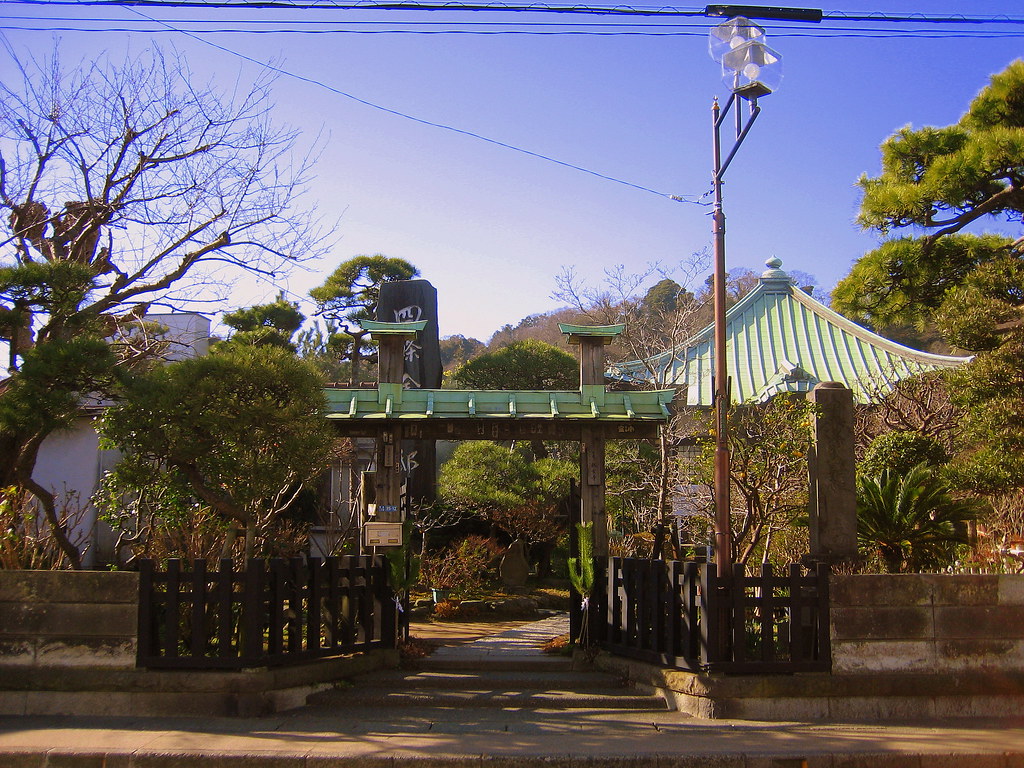



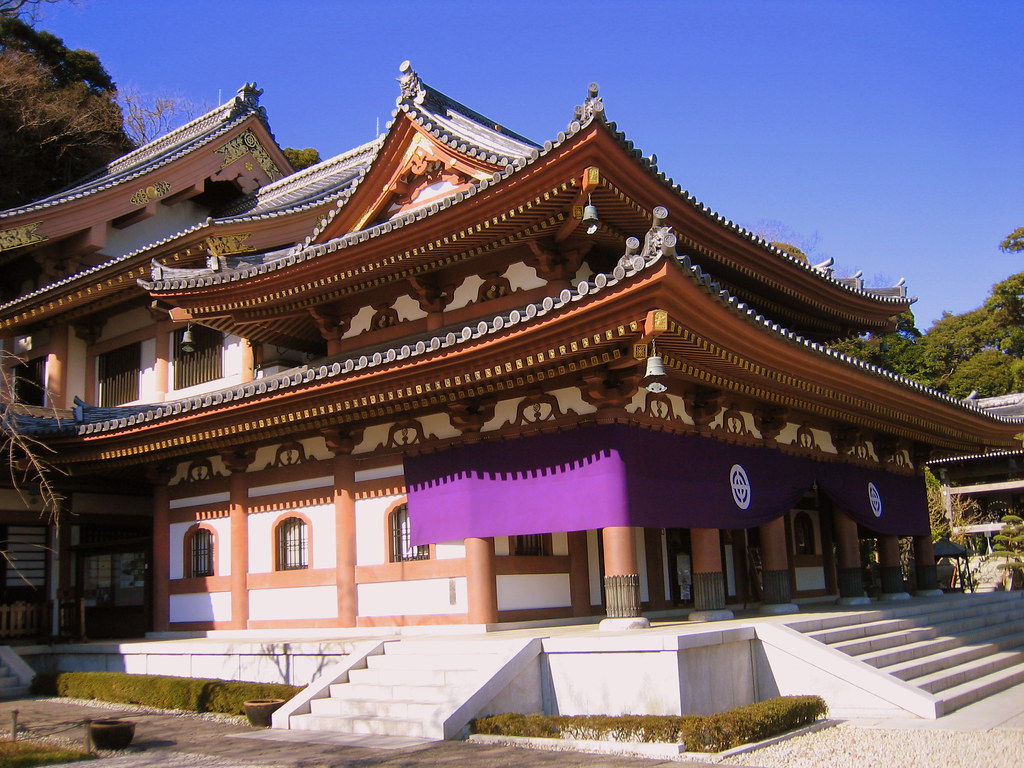
Hase Temple is a temple of the Jodo sect, that is most famous for its statue of Kannon, the goddess of mercy. The statue shows Kannon with eleven heads, each representing a characteristic of the goddess. The 9.18 meter tall, gilded wooden statue is regarded as the largest wooden sculpture in Japan, and can be viewed in the temple's main building.
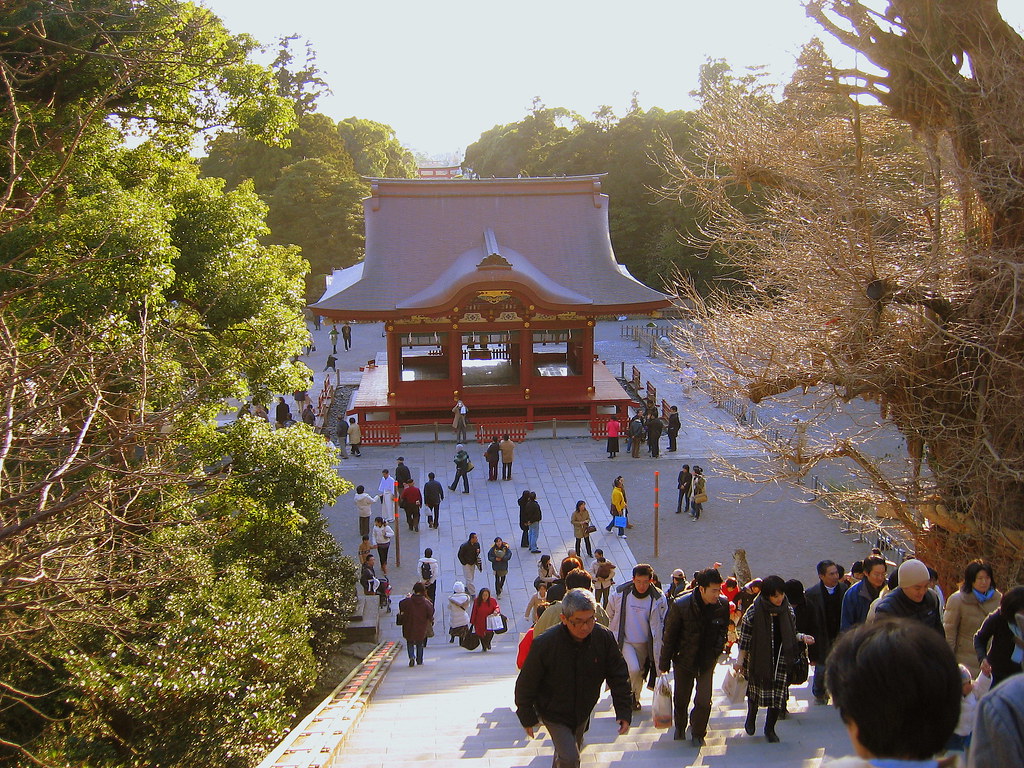

Tsurugaoka Hachimangu is Kamakura's most important shrine. The shrine is dedicated to Hachiman, the patron god of the Minamoto family and of the samurai in general. The deified spirits of the ancient Emperor Ojin who has been identified with Hachiman.
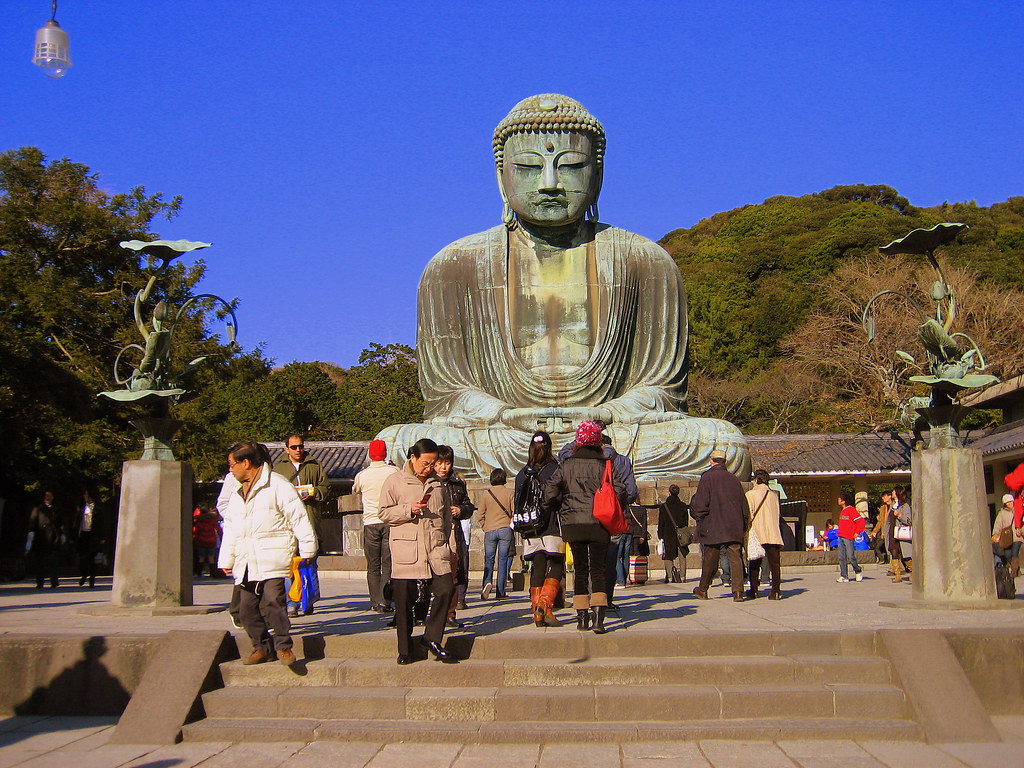
The Great Buddha of Kamakura (Kamakura Daibutsu) is a bronze statue of Amida Buddha, which stands on the grounds of Kotokuin Temple.
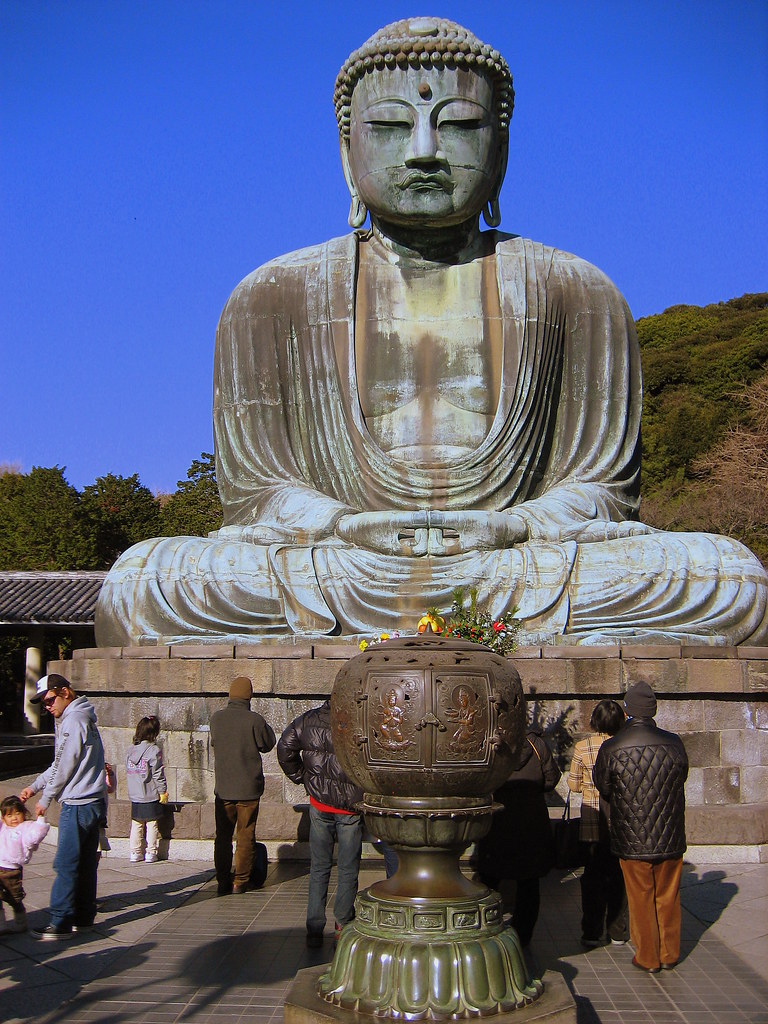
With a height of 13.35 meters, it is the second largest bronze Buddha statue in Japan (the largest is located in the Todaiji Temple in Nara).
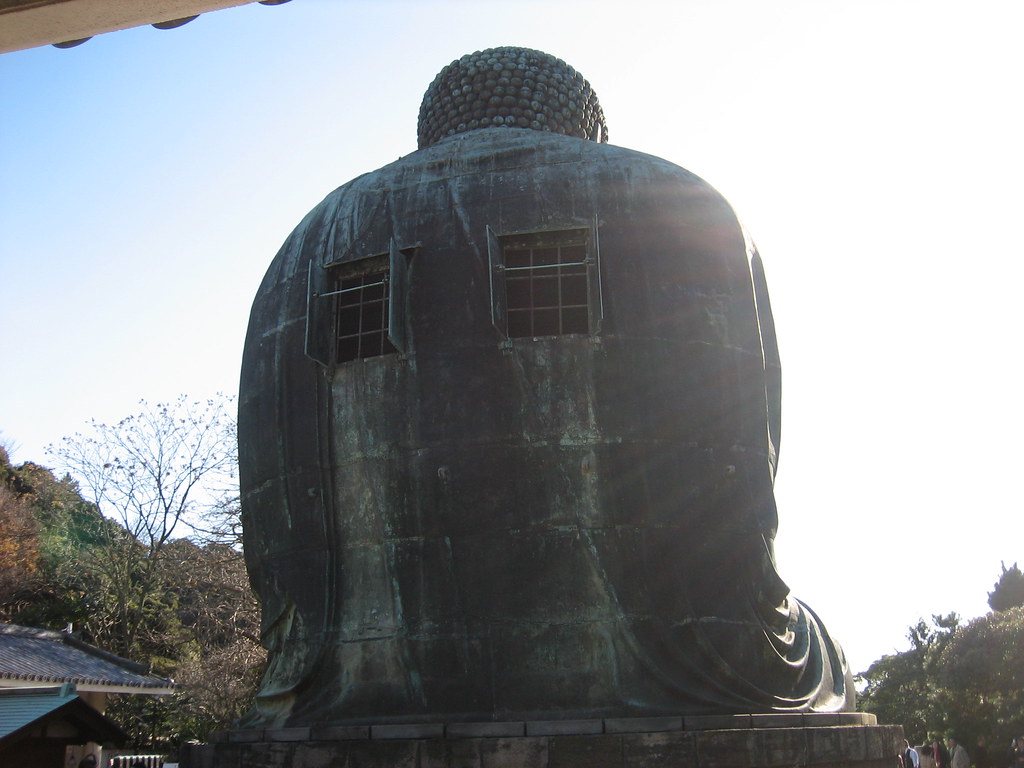
The statue was cast in 1252 and originally located inside a large temple hall. However, the temple buildings were washed away by a tsunami tidal wave in the end of the 15th century, and since then the Buddha stands in the open air.
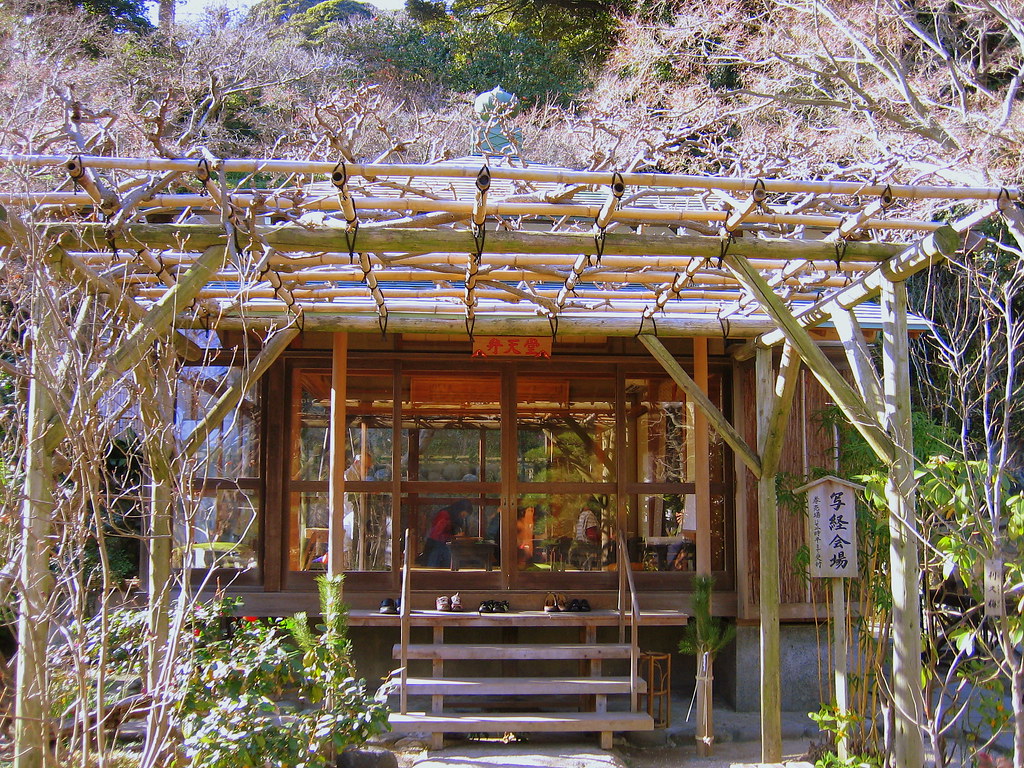
Modern temple, reading room in Hase Temple...
Subscribe to:
Posts (Atom)
















